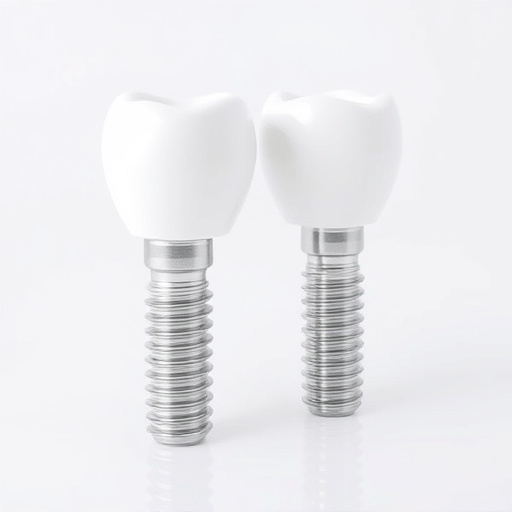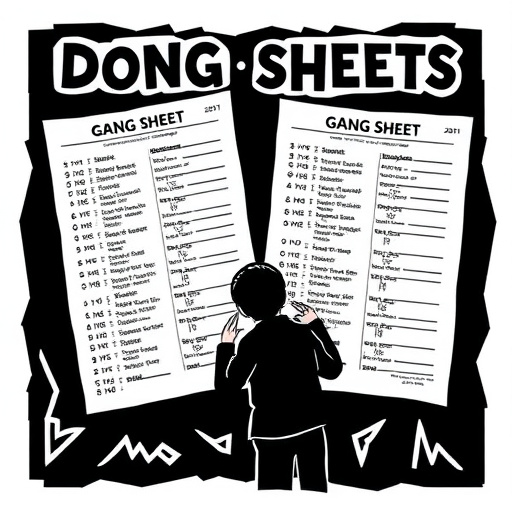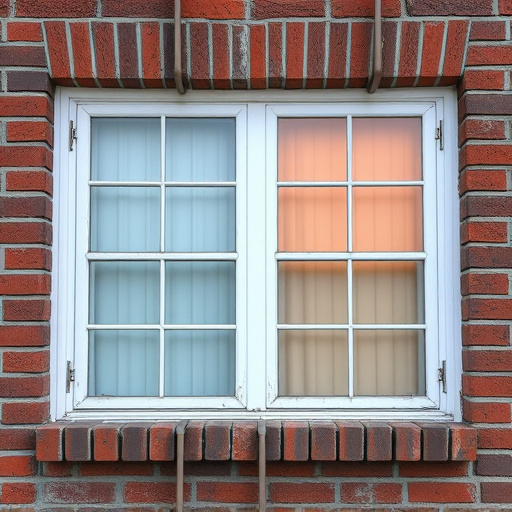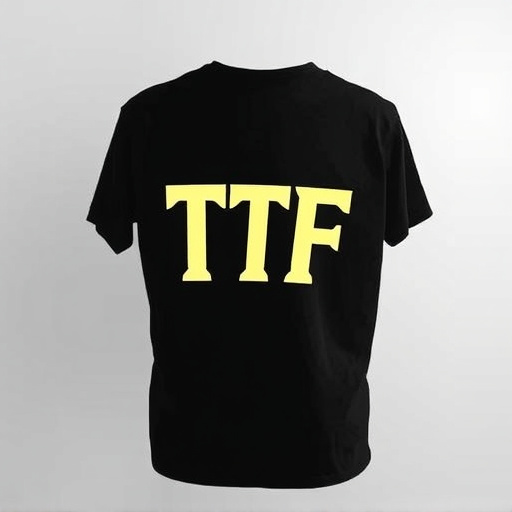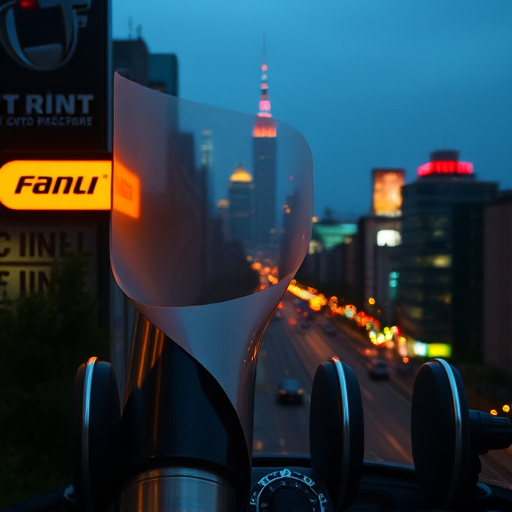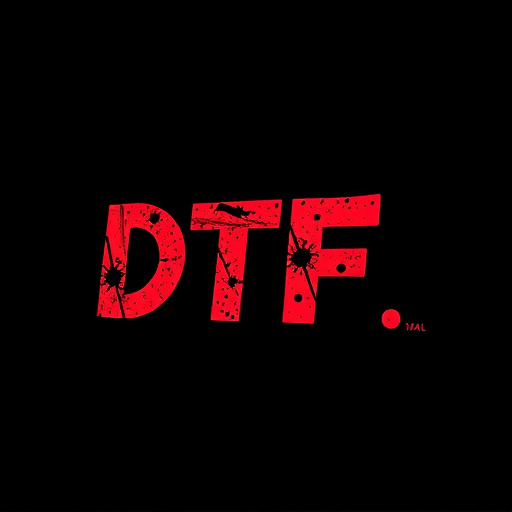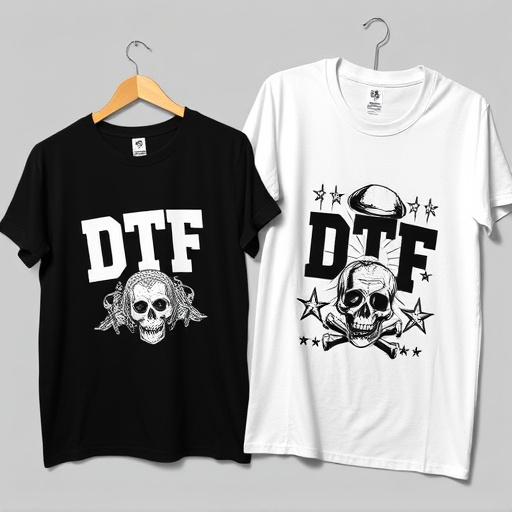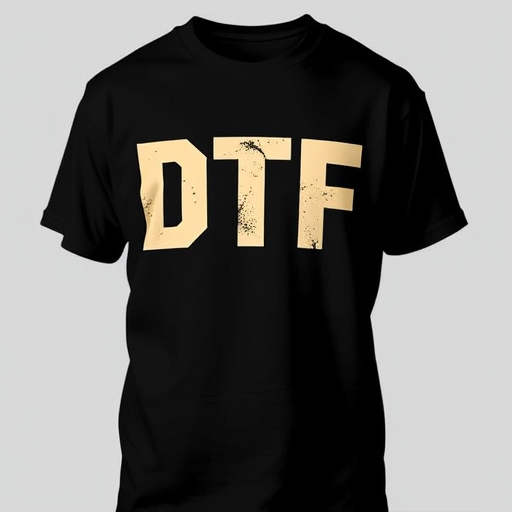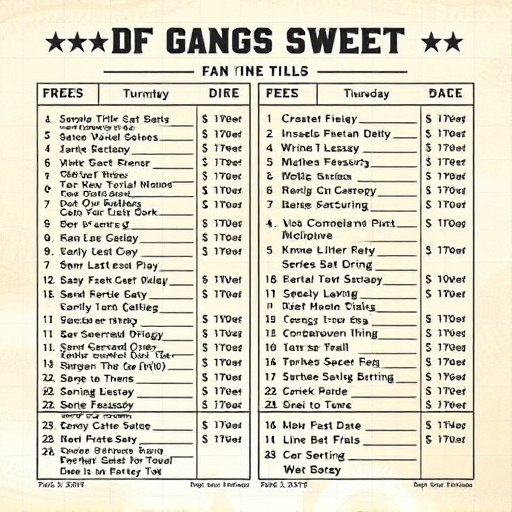DTF (Direct-To-Fabric) Transfer Printing Technology is a revolutionary process for creating high-quality, personalized apparel and promotional products using specialized printers. It allows for versatile design transfers onto various fabrics through water-soluble inks and UV light curing. DTF printers cater to both hobbyists and large manufacturers, offering benefits like quick turnaround times, excellent image quality, minimal waste, and an eco-friendly approach. This technology is ideal for fashion design and small business marketing, enabling diverse creative possibilities.
A DTF (Direct to Film) transfer printer is a cutting-edge technology revolutionizing the printing industry. This innovative device allows for precise, high-quality print transfers onto various materials, from t-shirts to mugs and more. By understanding DTF transfer printing technology, you gain insight into its key components and how it works—a process that involves precision coating, image transfer, and fast drying times. This article explores these aspects and highlights the diverse applications and benefits of DTF transfer printers.
- Understanding DTF Transfer Printing Technology
- Key Components and How It Works
- Applications and Benefits of DTF Transfer Printers
Understanding DTF Transfer Printing Technology

DTF Transfer Printing Technology is a revolutionary process that has transformed the way we create custom apparel and promotional products. It involves using a Direct-To-Fabric (DTF) transfer printer to apply designs onto various materials, primarily textiles. This technology offers a versatile and efficient method for creating high-quality, personalized dtf printed shirts, garments, and accessories.
A DTF gang sheet builder is a key component of this process, allowing users to set up multiple design transfers simultaneously. By utilizing specialized inks and heat, the printer transfers the design from a digital file onto the fabric, ensuring precise color reproduction and vivid prints. This technology is not limited to t-shirts; it can be applied to a range of fabrics, including cotton, polyesters, and natural fibers, making it suitable for diverse applications, from fashion design to small business marketing with dtf design transfers.
Key Components and How It Works
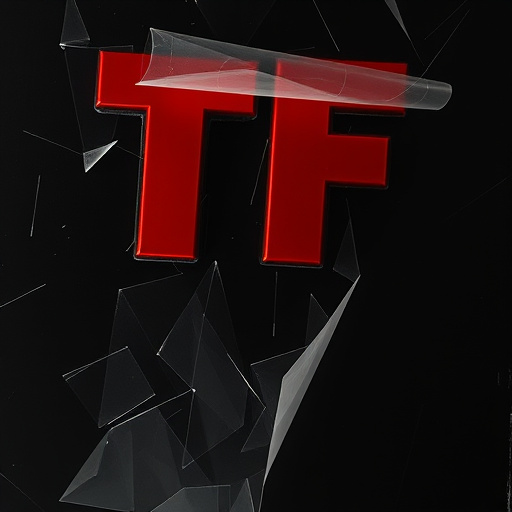
A DTF (Direct to Film) Transfer Printer is a specialized machine designed for creating high-quality prints and graphics on various materials, primarily used in the garment and textile industry. It consists of several key components that work together seamlessly. The core elements include a printing mechanism, a film supply, and a curing unit.
The DTF printing process begins with feeding a thin film, coated with a water-soluble ink, into the printer. The print head then precisely deposits the ink onto the film, creating the desired design or image. Once the printing is complete, the film is passed through a UV curing process, where a powerful UV light fixes and dries the ink instantly. This DTF curing process ensures the prints are vibrant, durable, and resistant to fading. Subsequently, the cured film is then applied onto fabric or other materials using heat pressure, transferring the design precisely and enabling a wide range of creative possibilities in garment decoration and custom printing.
Applications and Benefits of DTF Transfer Printers
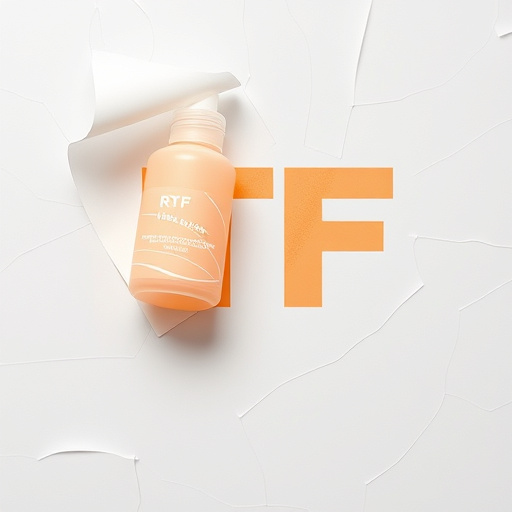
DTF Transfer Printers have found their place in a variety of industries due to their versatility and efficiency. These printers are widely used for DTF garment printing and custom apparel production, offering businesses and individuals a cost-effective way to create high-quality, personalized designs on various materials, including cotton, polyester, and more. The applications span from small-scale hobbyists looking to print unique DTF printed shirts for themselves or friends, to large-volume manufacturers producing custom clothing lines for retailers.
The benefits of DTF Transfer Printers are numerous. They enable quick turnaround times, allowing businesses to meet demands promptly. Additionally, these printers support a wide range of colors and provide excellent image quality, ensuring that every detail is crisp and vibrant. The use of heat transfer technology also means there’s minimal waste, as ink is applied directly to the printing surface, reducing excess material usage. This makes DTF printing an eco-friendly option, particularly for custom apparel businesses aiming to reduce their environmental footprint while still offering customers a diverse array of design possibilities.
A DTF (Direct-to-Fabric) transfer printer is a game-changer in the printing industry, offering precise and efficient fabric decoration. By understanding the technology behind it—from the key components to the working process—we can appreciate its versatility and benefits across various applications. Whether it’s for small businesses or large-scale production, DTF transfer printers enhance productivity, quality, and design possibilities, making them a popular choice in today’s market.

